Travel in the time of Covid – Tahiti & Bora Bora
A few countries have re-opened for visitors and tourists, like French Polynesia, without a quarantine. As a place I have often visited over the past 10 years, I bought a ticket to see for myself how travel itself has changed, and what measures are in place for such a dream destination. I booked flights with United from Chicago to San Francisco to Papeete. French Polynesia requires a negative COVID-19 test within 72 hours (about 3 days) of departure which must be shown before boarding the flight.
Covid Testing
Getting the results of a COVID-19 test within three days was really the biggest obstacle for this trip. While the number of days to get the results has improved a lot since the beginning of the summer when some people were waiting for more than 5 days, there are few places that will guarantee the results in 72 hours. The test required by French Polynesia must be a PCR test (not the rapid test) and they have a list of approved tests offered by various pharmaceuticals. In Chicago, I am fortunate to be in a facebook group called French in Chicago where some people recommend testing sites that returned results promptly to help fellow travelers (France also requires a test within 72 hours for French citizens). While researching testing sites online, it was difficult to find the name of the test being offered, so I usually had to call. Some of them were not on my approved list. Some testing sites will allow you to make an appointment in advance, others you can only make an appointment the day of (sometimes at 12:01am) Some testing sites will only test people who have symptoms and other will test anyone that wants a test.
To be safe, I had tests done at 2 different places so I had a better chance that at least one would arrive in time to meet the requirements. One of them I got my results back after about 57 hours, and the other had a typo in my birth date, and it would take a couple of days to resolve that.
Once I had the results, I filled out the French Polynesian government’s ETIS (Electronic Travel Information System) form online with details of my itinerary and acknowledging that I had purchased travel insurance that included medical costs or that I agreed to cover the costs myself if I tested positive for COVID-19 while in the country. And finally, that I agreed to do a self-test on day 4.
Travel Day
In Chicago, my Covid test results and ETIS were checked when I checked in for my flight. At boarding, they provided a packet with sanitizer and there did not seem to be any issues with people wearing a mask during the flights, except of course for eating. My documents were checked again in San Francisco and another wipe was supplied to wipe down the space. The flight to Papeete had more passengers than I expected and most of the middle seats remained empty. I do not think the mandatory covid test was discouraging too many people. Upon arrival in Tahiti, passengers were asked to remain seated so they could let smaller groups of people deplane for social separation instead of everyone all at once.
Upon arrival there was first a verification of the ETIS form and a scan of its QR code along with the self-test packet bar code so that the results are tied to each person’s itinerary. The packet included an oral & nasal swab self-test with printed instructions to use on the 4th day. On the 4th day, the swabs are used, and then it gets dropped off at the front desk, and they send it to the local health authority. At this point, if someone tests positive while in French Polynesia, the best course of action will be decided by the health department based on their health condition.
Hotels & Restaurants & Stores & Tours
Hotels and resorts throughout French Polynesia have put in place protocols to protect both guests and employees. At the InterContinental Moana Bora Bora, the first thing they have you do is sanitize your hands. Plastic partitions have been installed at front desks and the concierge desk where they practice continuous cleaning after each guest to sanitize before the next one. We saw special boxes for used pens (to be sanitized) and a clean pen box. Masks are obligatory while indoors. Most Polynesian resorts and restaurants have a lot of outdoor seating with natural ventilation. The hotel employees always had masks on, both indoors and out.
All the stores require a mask and offer hand sanitizer when you enter, as do most tour vehicles and taxis. Some stores are closed as there are fewer cruises and fewer tourists right now.
Go & Enjoy
So, yes, the Islands of Tahiti are welcoming visitors, and the covid numbers are low, especially on the other islands. With the protocols in place since July 15, there is enough data to show that the incoming tourists do not seem to be a big cause of new infections.
There are fewer visitors right now than ever and when else will you feel like you have all of Bora Bora to yourself? Go and enjoy! I am going to head out and take some more pictures.
For the most up-to-date information on entry requirements, visit Tahiti Tourisme.
If you plan to travel somewhere, make sure to check the requirements of your destination so you can plan accordingly.
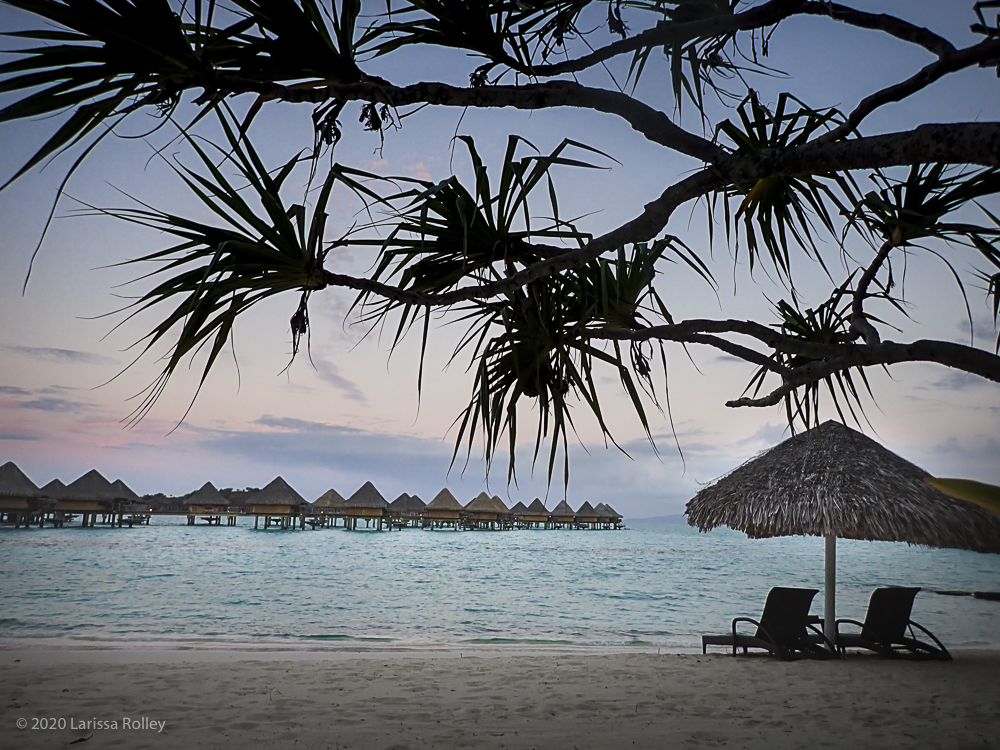

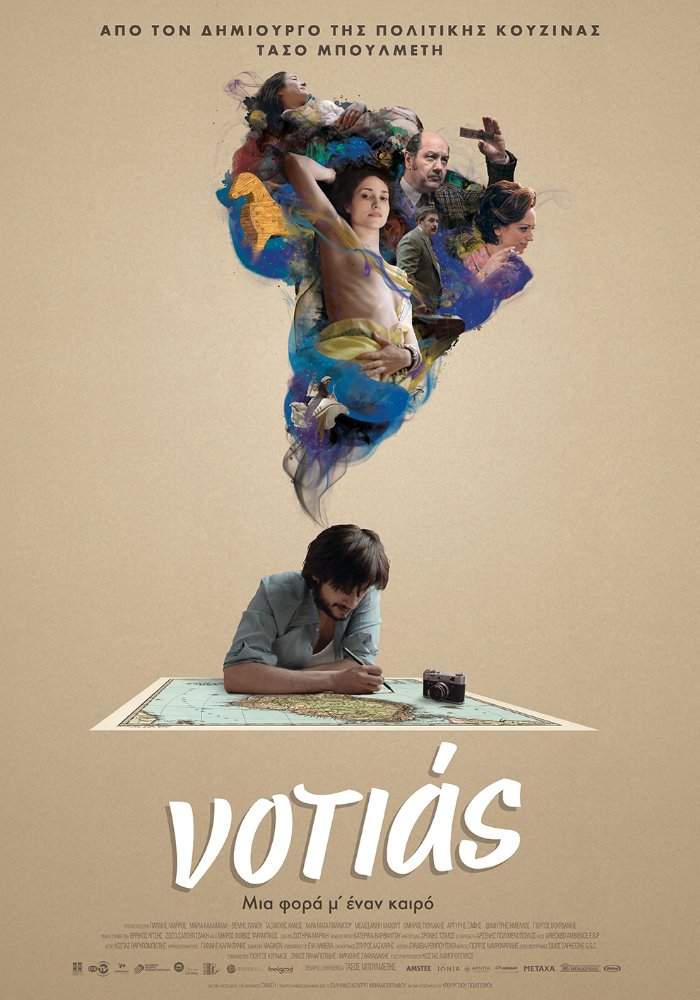
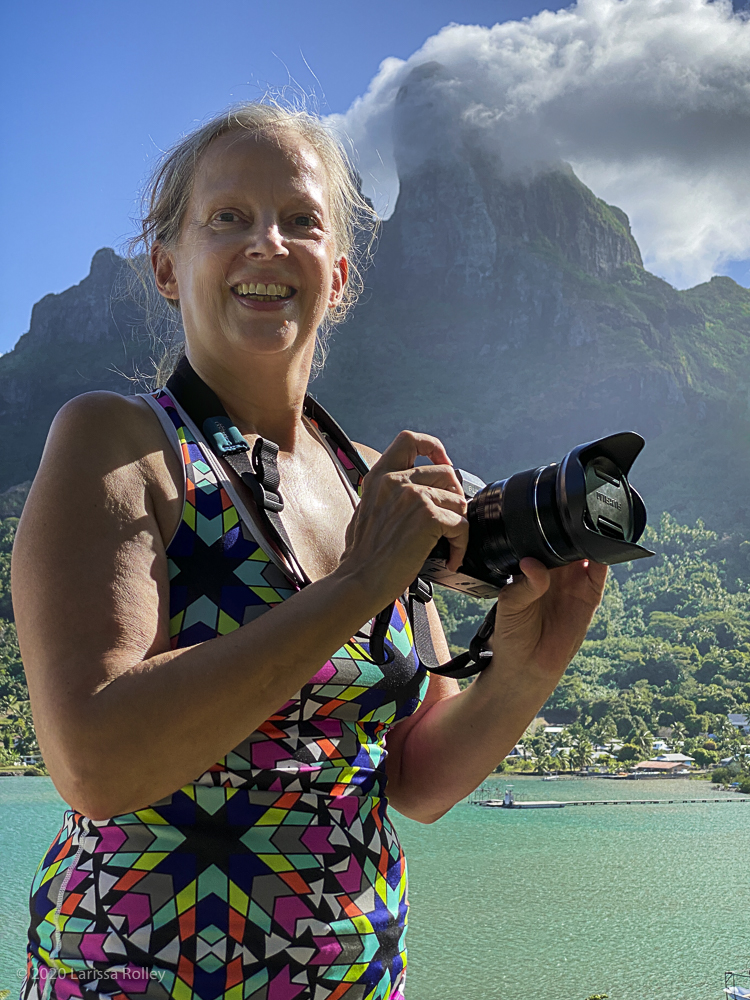
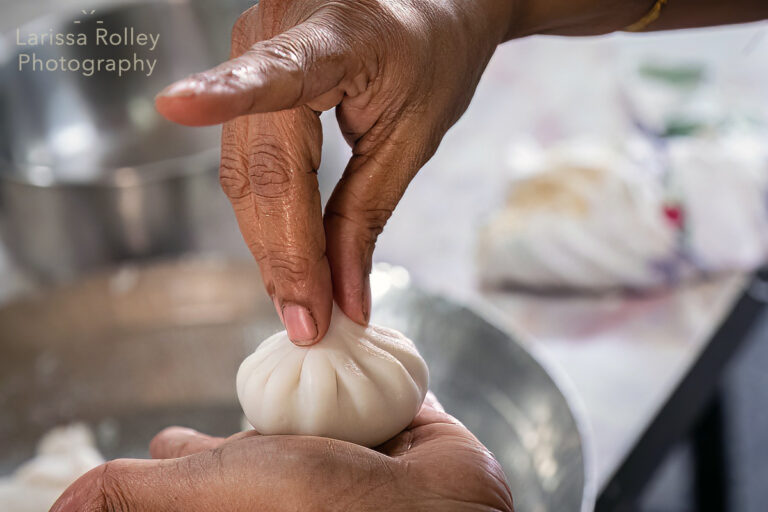
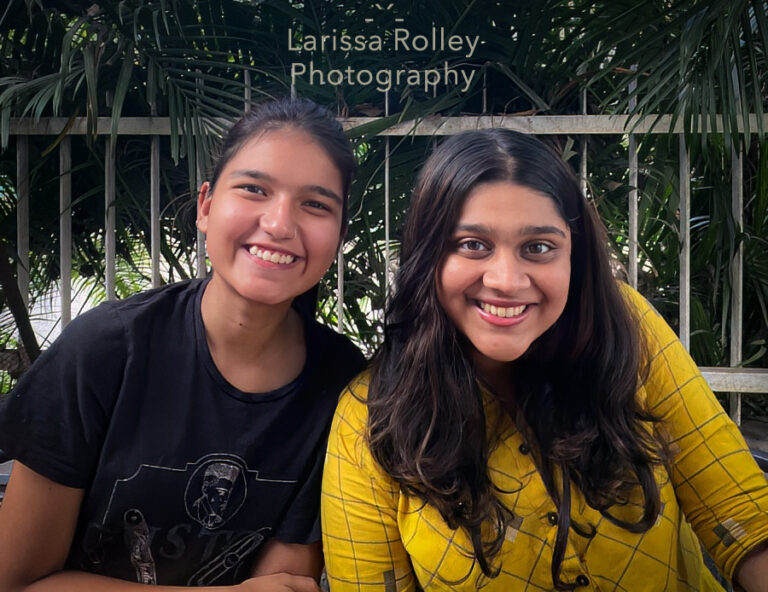

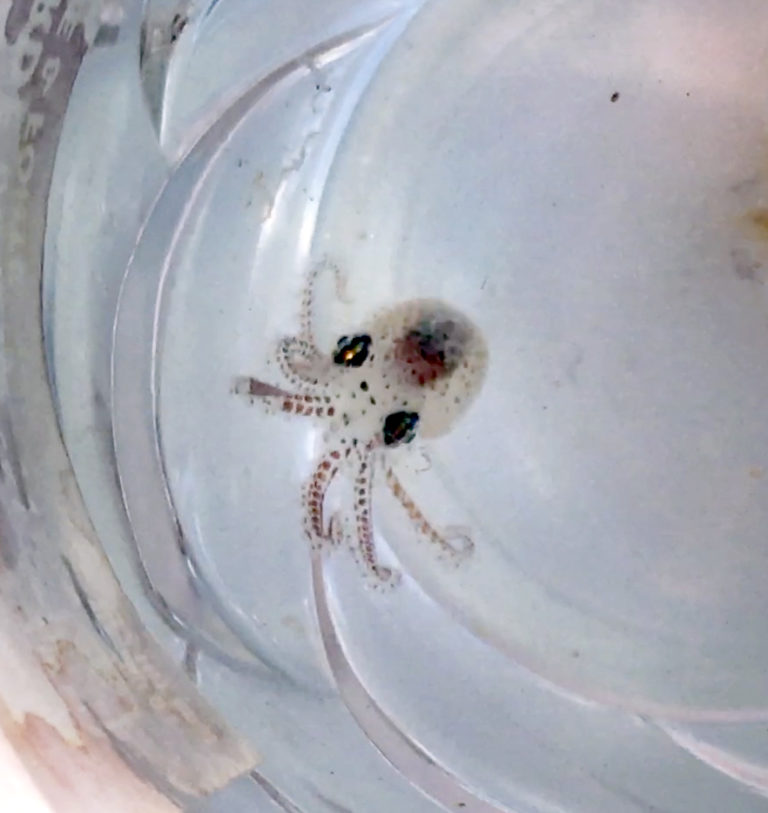
Face it– this ain’t Tijuana, lol. I think that this being an off the beaten track destination has a lot to do with it. We are moving to Asia early next year and the islands of Tahiti & Bora Bora are definitely on my must see list over the next two to three years.
Hey Stacey, a move to Asia – exciting! Where will you be? I lived in the Philippines for awhile and loved it! You are going to have so much to discover and photograph – I am jealous When you are ready to visit Tahiti, let me know – I can give you all my tips, and I might even be here! Right now is a great time because of the whales.